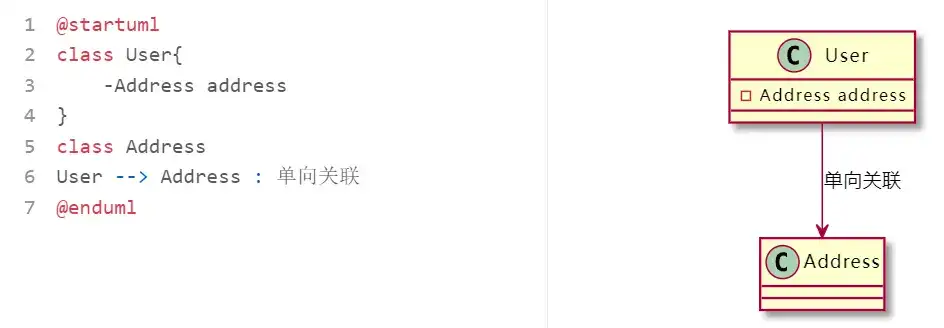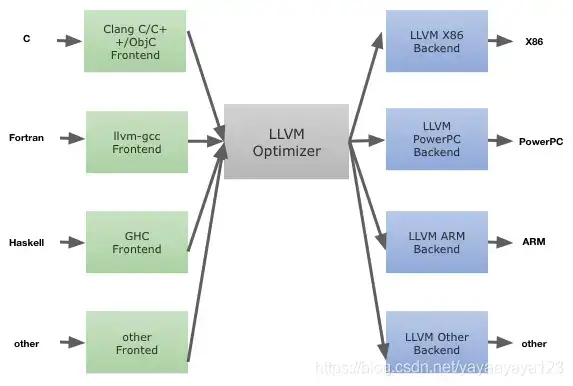返回
iOS 设计模式之 (四) 原型模式,避免野指针的陷阱
IOS
2023-09-30 23:35:49
原型模式概述
原型模式是一种创建型设计模式,它允许我们通过复制一个现有的对象来创建新的对象。这种模式特别适用于创建复杂对象或需要大量重复创建的对象的情况。
在原型模式中,我们首先创建一个原型对象,该对象包含我们想要创建的新对象的属性和行为。然后,我们可以通过复制原型对象来创建新的对象。这样,我们就避免了从头开始创建新对象的麻烦,同时也确保了新对象与原型对象具有相同的状态和行为。
原型模式的应用场景
原型模式可以应用于各种不同的场景中,包括:
- 创建复杂对象:当我们需要创建复杂的对象时,原型模式可以帮助我们快速创建一个新的对象,而无需从头开始编写代码。
- 创建大量重复的对象:当我们需要创建大量重复的对象时,原型模式可以帮助我们提高代码的效率。
- 避免野指针错误:当我们使用浅拷贝来创建新对象时,可能会导致野指针错误。原型模式可以帮助我们避免野指针错误,因为原型模式使用的是深拷贝。
原型模式的示例代码
以下是一个原型模式的示例代码:
class Prototype {
public int id;
public String name;
public Prototype(int id, String name) {
this.id = id;
this.name = name;
}
public Prototype clone() {
return new Prototype(this.id, this.name);
}
}
class Client {
public static void main(String[] args) {
Prototype prototype = new Prototype(1, "John Doe");
Prototype clone = prototype.clone();
System.out.println(prototype.id); // 1
System.out.println(prototype.name); // John Doe
System.out.println(clone.id); // 1
System.out.println(clone.name); // John Doe
}
}
在这个示例中,我们首先创建了一个原型对象 prototype。然后,我们使用 clone() 方法来创建原型对象的克隆 clone。最后,我们打印 prototype 和 clone 的属性,以验证它们具有相同的状态和行为。
总结
原型模式是一种常用的设计模式,它可以帮助我们避免野指针错误,并提高代码的可重用性。原型模式的原理和应用场景非常简单,但它却可以给我们带来很大的便利。



